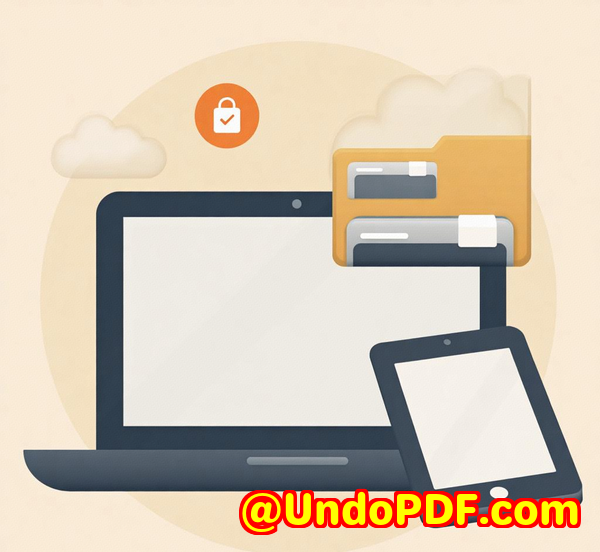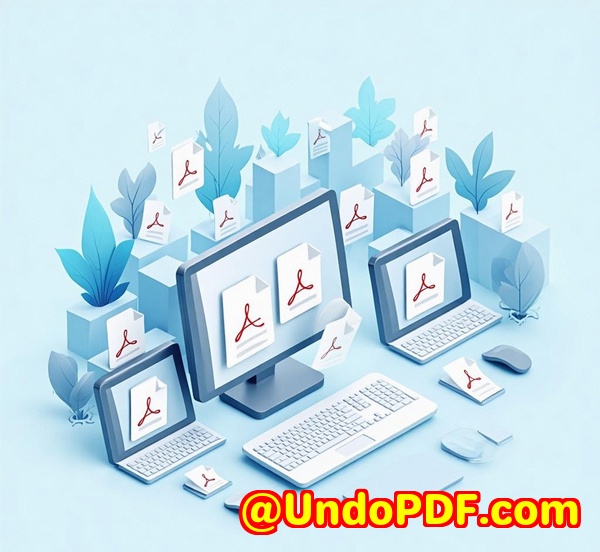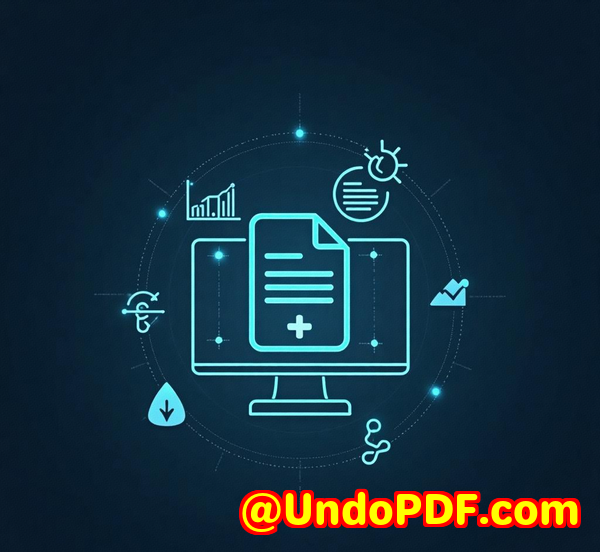How to Secure Your PDFs with USB-Based DRM Technology and Safeguard PDF Portable
How to Secure Your PDFs with USB-Based DRM Technology and Safeguard PDF Portable
Meta Description:
Learn how to secure PDFs using USB-based DRM technology with VeryPDF’s Safeguard PDF Portable. A secure, offline solution that guarantees privacy and control over your files.

Opening Paragraph (Engagement):
Imagine you’re a publisher preparing to distribute critical training materials for a global conference. You want to ensure that your content is protectedno unauthorized sharing, no accidental leaks. But here’s the catch: most of your audience won’t have reliable internet access. You’re left facing the challenge of ensuring security without relying on online connections, which complicates your distribution strategy.
This is where VeryPDF DRM Safeguard Portable comes in. The solution you’ve been looking for to protect your PDFs with zero footprint installation while keeping them accessible offline. With this game-changing USB-based DRM solution, you can distribute your PDFs securely and make sure they stay protected even in environments where internet access is unavailable.
Body (Product Solution + Personal Experience):
What is the Safeguard PDF Portable Solution?
When I first stumbled upon VeryPDF’s Safeguard PDF Portable, I was genuinely surprised at how simple yet effective it was. This offline, USB-based solution lets you distribute PDFs with DRM protection without needing an internet connection or complicated installations. Essentially, it’s a secure, no-installation-required PDF viewer that runs directly from a USB stick.
Now, you might be wondering, “How does this actually work?” Well, it’s not some fancy plug-in or web-based application. It’s an actual, self-contained solution that runs entirely offline. This means you can distribute encrypted PDF documents via USB sticks and, as a publisher, retain complete control over how your documents are accessed.
Key Features of Safeguard PDF Portable
1. Zero Installation, No Internet Access Required
The brilliance of Safeguard PDF Portable is that it doesn’t require any software to be installed on the recipient’s machine. The PDF viewer and encryption tools live right on the USB stick. No more worrying about firewalls or administrator privileges blocking access.
For instance, I’ve had to distribute sensitive materials for workshops where participants were in areas with no reliable internet. The last thing I wanted was for my files to be left unprotected, and that’s where the offline DRM security really shone. The USB sticks were locked to the device, ensuring that only authorized users could view the content.
2. Customizable Security Controls
What really sets this solution apart is the level of control you have. You can lock USB sticks to specific countries or IP ranges, preventing access in unauthorized regions. Even better, you can password-protect the USB sticks for added peace of mind. I remember when I had to distribute a series of confidential documents to an engineering team working across multiple sites. The ability to limit access based on location and even ensure that only certain individuals could view the documents made a huge difference in ensuring the security of the files.
3. Seamless Offline Document Distribution
This feature is a game-changer for industries where constant connectivity isn’t a guarantee. Take training manuals, for example. Let’s say you need to distribute a PDF manual to a group of field engineers working in remote areas. With Safeguard PDF Portable, you can simply load the manual onto a USB stick, secure it, and hand it out. It works just like any regular USB drive, but with encryption and DRM protection. The best part? The users don’t even need to have an internet connection. They just plug in the USB stick and access the documents instantly.
I used this exact solution for a recent seminar I hosted on project management. Instead of mailing physical copies of the material (which often ends up misplaced or damaged), I used a USB stick with the content securely loaded. No more worrying about documents being opened by unintended recipients or getting lost in transit.
Why I Recommend This for Publishers
As someone who’s been in the content distribution game for years, I’ve tested a lot of DRM solutions. But here’s why Safeguard PDF Portable stands out:
-
Offline DRM at its Best: This is the one solution that doesn’t rely on the internet for its security. Everything is locked to the USB stick itself. This is a godsend for environments where internet access is restricted or unreliable.
-
Easy to Use for the End User: Unlike other DRM solutions where the user has to jump through hoops (install software, register online, etc.), this one works straight from the USB. No installations. No configurations. Just plug in and go.
-
Scalable: Whether you’re distributing documents to a handful of clients or thousands of users, Safeguard PDF Portable scales effortlessly. You can load any number of documents onto a USB stick and control who can access what.
Secure Your PDFs with Safeguard PDF Portable
In short, if you’re looking for an ultra-secure, offline way to distribute your PDF content, I highly recommend giving VeryPDF DRM Safeguard PDF Portable a try. It’s a tool that I’ve used myself and found invaluable for protecting sensitive materials in an increasingly mobile, offline world.
Start your free trial today at VeryPDF DRM Protector and experience the peace of mind that comes with knowing your documents are truly secure, no matter where they are.
Custom Development Services by VeryPDF
If you need custom development for any unique technical challenges, VeryPDF can help. Their team specializes in creating tailored PDF solutions for Linux, macOS, Windows, and server environments. Whether you’re dealing with PDF processing, security, or creating specific tools for document handling, they have the expertise to build custom solutions.
They offer services in Python, PHP, C/C++, Windows API, and various other platforms. For example, you can get customized tools for generating PDFs, managing digital rights, or building secure systems for document conversion and processing.
If you need something specific for your project, don’t hesitate to reach out through their support centre.
FAQ
-
What is Safeguard PDF Portable?
Safeguard PDF Portable is an offline DRM solution that allows you to securely distribute encrypted PDFs via USB sticks, without requiring installation or internet access.
-
Can I control access based on location or IP?
Yes, you can lock USB sticks to specific countries or IP addresses to limit access to authorized locations.
-
Do I need to install anything on the recipient’s computer?
No, everything runs directly from the USB stick. No installation is required.
-
How secure is the data on the USB stick?
The data is encrypted using AES, ensuring that even if the USB stick is lost, your documents remain protected.
-
Can I update the documents on the USB stick after distribution?
Yes, you can update the USB stick on-the-fly and add more secure documents as needed.
Tags or Keywords
PDF USB DRM Security, Offline PDF DRM, Secure PDF Viewer, USB Document Protection, PDF Copy Protection, DRM Security for PDFs, Portable PDF Security



